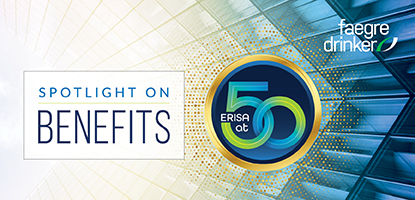On August 25, 2023, the IRS announced a two-year delay for the Roth catch-up contribution requirement for employees making $145,000 or more in the prior calendar year that would have applied in 2024. The Roth catch-up contribution requirement will now be effective for taxable years beginning after December 31, 2025. (For an overview of SECURE 2.0 for defined contribution plan sponsors, click here.)
Overview of SECURE 2.0 Change
SECURE 2.0 required all catch-up contributions made by employees whose wages were $145,000 or more in the prior calendar year to be Roth catch-up contributions for taxable years beginning after December 31, 2023.
IRS Administrative Transition Period
In Notice 2023-62, the IRS announced a two-year administrative transition period before plan sponsors must satisfy the Roth catch-up contribution requirements under SECURE 2.0 for employees whose wages were $145,000 or more in the prior calendar year. This two-year administrative transition period delays the requirement to comply with this provision of SECURE 2.0 until taxable years beginning after December 31, 2025.
A plan sponsor may still allow pre-tax catch-up contributions for any employee until the taxable year that begins after December 31, 2025 . This also means that defined contribution plans that do not currently offer Roth contributions are not required to begin offering Roth contributions until January 1, 2026, to comply with the Roth catch-up rules.
In addition, the IRS has noted that the deletion of Section 402(g)(1)(C) of the Code (viewed as a drafting error that inadvertently deleted all catch-up contributions) will not impact the ability to provide catch-up contributions in a defined contribution plan for years after 2023. The IRS cites a proposed regulation from 2001 that permitted catch-up contributions in excess of the applicable 402(g) limit as support for this interpretation.
If you have any questions, please reach out to your Faegre Drinker benefits counsel.
The material contained in this communication is informational, general in nature and does not constitute legal advice. The material contained in this communication should not be relied upon or used without consulting a lawyer to consider your specific circumstances. This communication was published on the date specified and may not include any changes in the topics, laws, rules or regulations covered. Receipt of this communication does not establish an attorney-client relationship. In some jurisdictions, this communication may be considered attorney advertising.

